Flexibility in Gear Design
Load collectives in the FVA-Workbench expand design capabilities.
Conventional gearbox designs based on nominal power and speed are generally not sufficient to meet the diverse requirements of modern applications, such as resource efficiency at high power density, high efficiency, and long service life. On the contrary, various operating states must be isolated and the combinations between them must be considered. This is done using load spectra.
Up to this point, so-called “scaled load spectra” were used for the consideration of load spectra in the FVA-Workbench:
(powertransmission.com/blogs/1-revolutions/post/9006-fva-presents-transmission-design-considerations).
These load spectra consist of scaling factors for speed and torque in the power flow. Aside from constant loads, all remaining loads in the system were scaled with the power flow.
With the current version of the FVA-Workbench, this feature has been expanded to include “flexible load spectra.” This makes it possible to create any combination of loads and switched gears with the associated time percentages in an intuitive editor (see Figure 1).
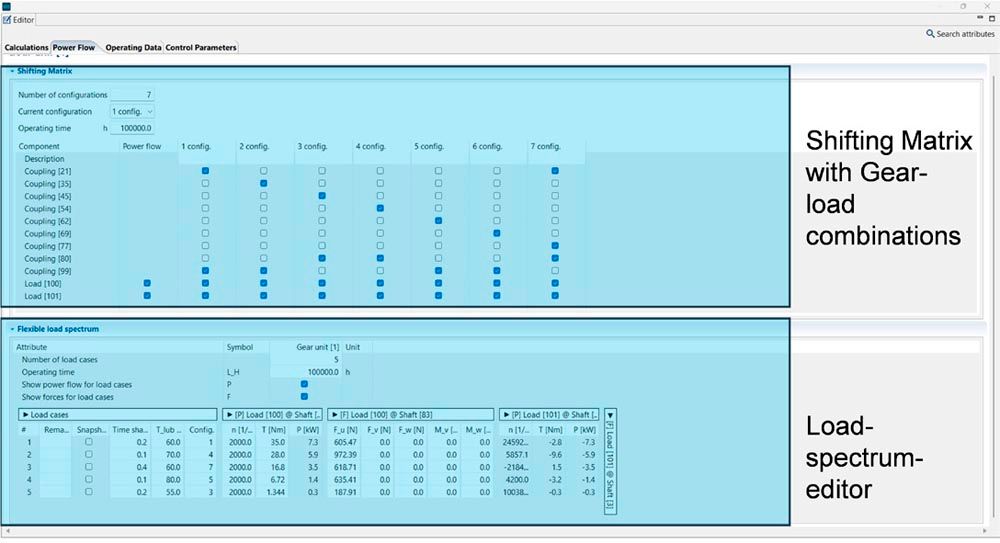






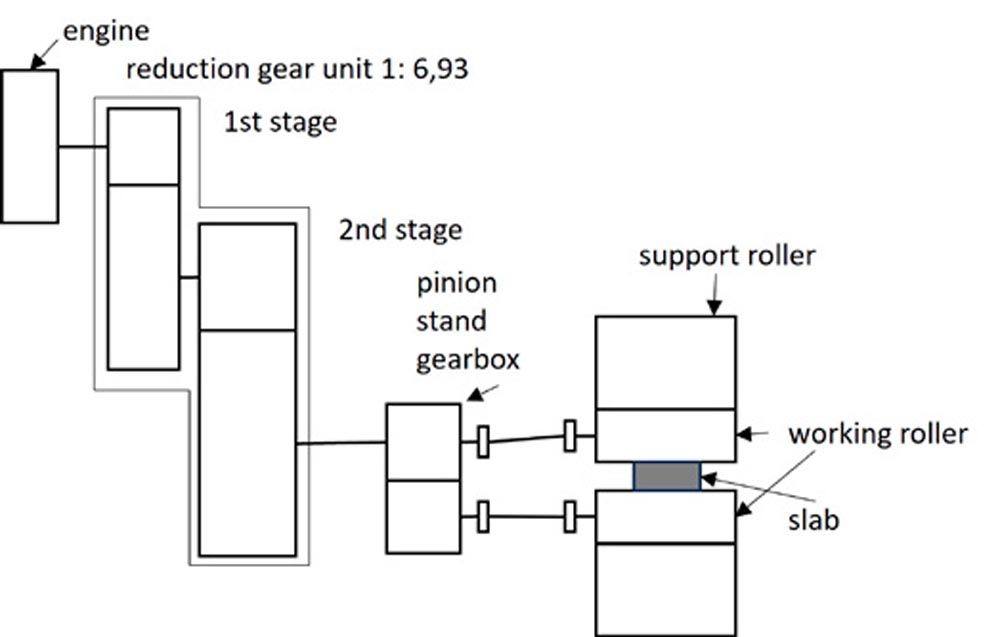
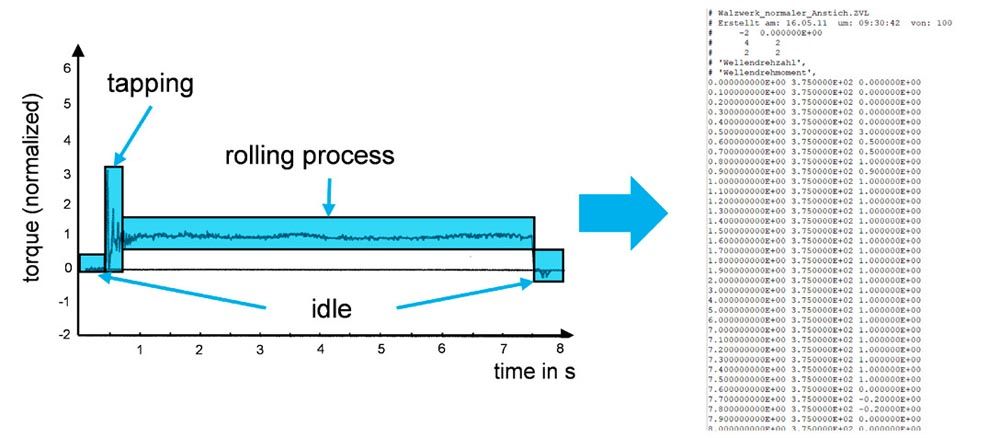
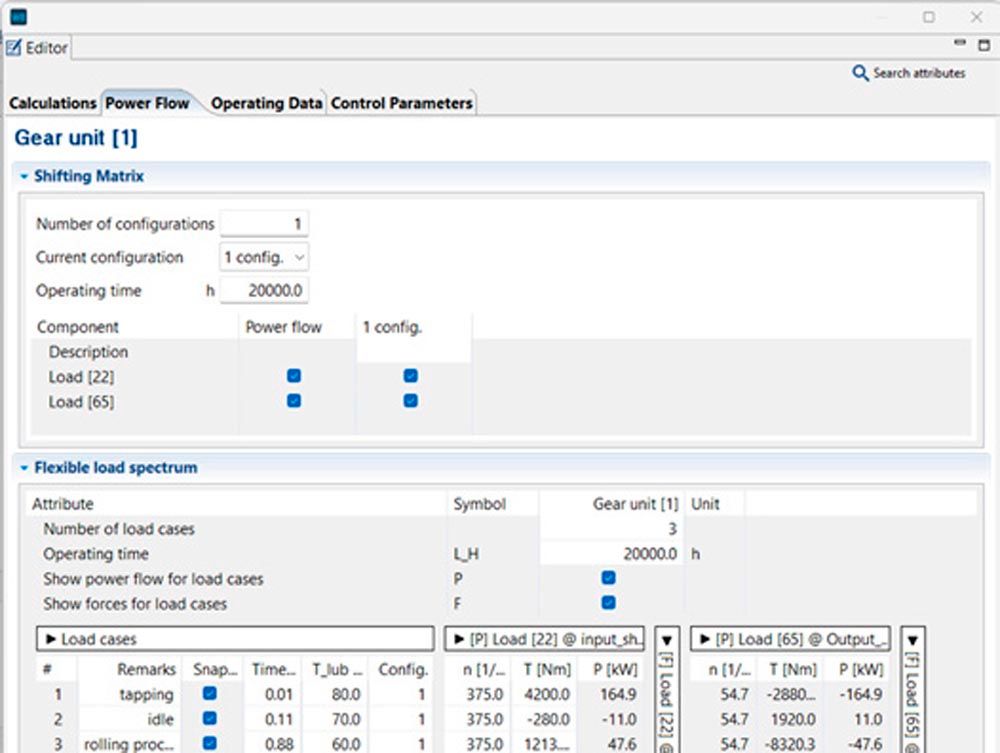
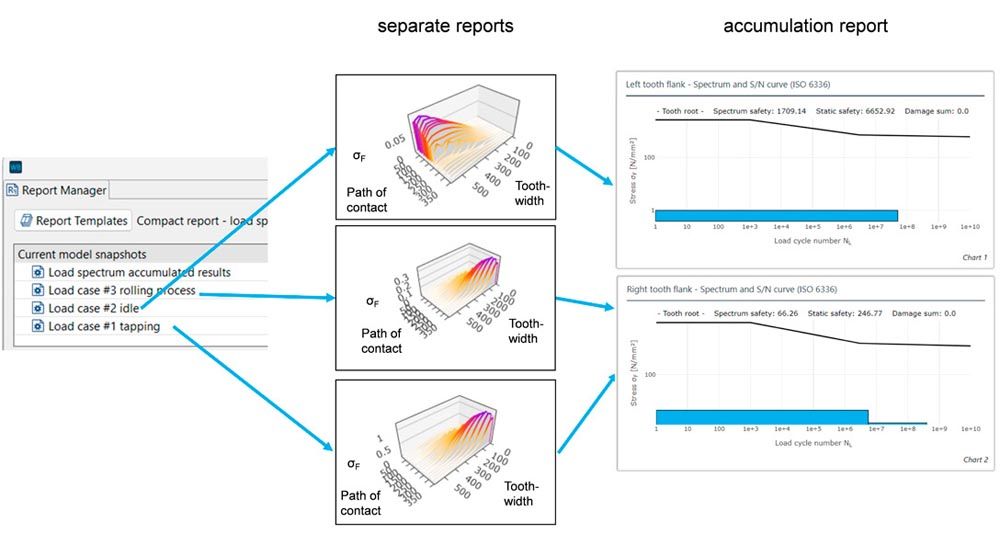

 Power Transmission Engineering is THE magazine of mechanical components. PTE is written for engineers and maintenance pros who specify, purchase and use gears, gear drives, bearings, motors, couplings, clutches, lubrication, seals and all other types of mechanical power transmission and motion control components.
Power Transmission Engineering is THE magazine of mechanical components. PTE is written for engineers and maintenance pros who specify, purchase and use gears, gear drives, bearings, motors, couplings, clutches, lubrication, seals and all other types of mechanical power transmission and motion control components.